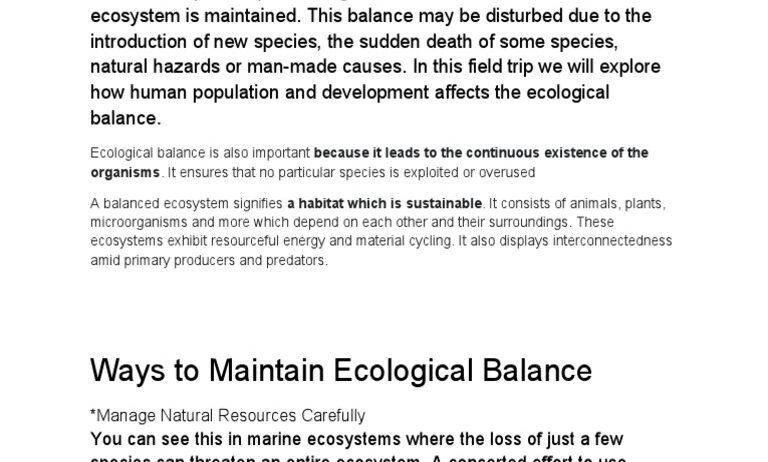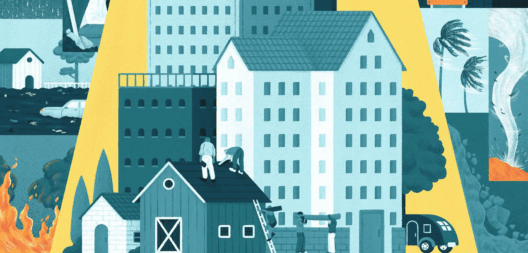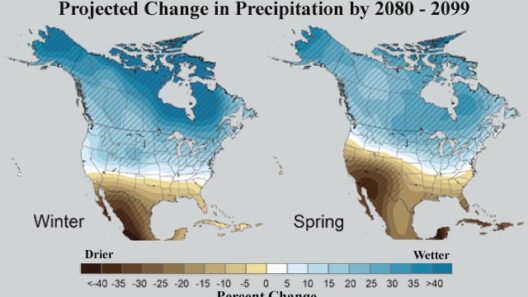Global warming presents one of the gravest challenges to our planet today. Rising temperatures, melting glaciers, and extreme weather events are just a few manifestations of this ecological crisis. However, amidst this dire scenario, an array of proactive measures and smart choices can mitigate these impacts and foster a healthier planet. This guide outlines effective strategies that not only combat climate change but also maintain ecological balance, urging a collective shift in perspective.
Understanding the Concepts
To tackle global warming effectively, one must first appreciate the subtle interplay between climate change and ecological balance. The former refers to the gradual rise in global temperatures largely due to human activities, such as burning fossil fuels and deforestation. Conversely, ecological balance signifies the equilibrium of natural systems, ensuring that biodiversity thrives, ecosystems function optimally, and resources are sustained for future generations. Maintaining this equilibrium is paramount not merely for the environment but also for human well-being.
Adopting Sustainable Energy Sources
The energy sector is a significant contributor to greenhouse gas emissions. Transitioning from fossil fuels to renewable energy sources, such as solar, wind, and hydroelectric power, presents an impactful solution. Solar panels can harness the sun’s energy, providing a clean and sustainable power source for homes and businesses. Wind farms, though they require ample land, generate energy without depleting natural resources. By advocating and investing in these alternatives, individuals can advocate for policies that promote sustainable energy infrastructures.
Enhancing Energy Efficiency
Improving energy efficiency is another strategic approach. This encompasses a range of practices, from upgrading to energy-efficient appliances to implementing energy-conscious habits in everyday life. Insulating homes adequately, opting for LED lighting, and utilizing smart thermostats contribute significantly to reducing energy consumption. Even simple actions, such as switching off lights when they’re not in use, can cumulatively lead to substantial reductions in carbon footprints.
Conserving Water Resources
Water scarcity is an often-overlooked aspect of ecological balance. By conserving water, we not only safeguard this vital resource but also reduce the energy used in water extraction, treatment, and distribution. Simple measures include fixing leaky faucets, utilizing water-efficient fixtures, and adopting rainwater harvesting systems. Additionally, developing a more conscientious approach to water use in agriculture through drip irrigation and drought-resistant crops can lead to remarkable advancements in ecological resilience.
Advocating for Sustainable Transportation
The transportation sector contributes a significant share of global emissions. Thus, promoting alternative modes of transport could catalyze essential change. Walking, cycling, carpooling, and utilizing public transit reduce reliance on fossil fuels. For longer distances, consider electric vehicles (EVs), which produce zero tailpipe emissions. Supporting local policies for walkable cities and investing in reliable public transit can amplify these efforts on a larger scale, fostering an interconnected community deeply committed to environmental stewardship.
Embracing Sustainable Consumption
Consumer choices wield considerable power in shaping market trends. By choosing to buy local products, individuals can support sustainable farming practices and reduce the carbon footprint associated with transporting goods. Additionally, advocating for and purchasing items with minimal packaging can drastically decrease waste. Engaging in the circular economy—where products are reused, repaired, and recycled—can create a more sustainable model that prioritize ecological balance over disposability.
Restoring Degraded Ecosystems
Ecological restoration plays a crucial role in maintaining balance and combating climate change. Initiatives such as reforestation and wetland restoration not only sequester carbon but also enhance biodiversity and prevent soil erosion. Engaging in local tree-planting programs or supporting organizations dedicated to restoration efforts can contribute to the resurgence of ecosystems that have suffered from human activity. Protecting habitats of threatened species helps to maintain biodiversity and ensures resilience against climate fluctuations.
Rethinking Waste Management
Effective waste management is vital in combating climate change and maintaining ecological balance. Individuals can contribute by reducing waste generation through practices like composting, recycling, and repurposing materials. The adoption of zero-waste lifestyles emphasizes minimizing garbage sent to landfills, thereby reducing methane emissions. Education on the impacts of waste and advocating for improved recycling programs in communities can amplify these efforts, resulting in more sustainable practices at the societal level.
Promoting Climate Advocacy
Behaviors and practices can only create meaningful change if coupled with advocacy. Engaging in community discussions, supporting legislation aimed at sustainability, and participating in climate marches are essential for raising awareness and prompting policy shifts at local, national, and global levels. Mobilizing others to understand the importance of taking collective action ensures that ecological principles are embedded in societal values, creating a formidable movement towards climate resilience.
Conclusion: A Community-Centric Approach
Preventing global warming and maintaining ecological balance necessitates a pivot in mindset—one that embraces sustainability as a core tenet of living. Through conscious choices, from the energy we consume to the products we buy, individuals can spur significant change. By fostering holistic strategies that integrate community, conservation, and conscious living, we reaffirm our commitment to nurturing the planet. Together, a collective effort can yield profound results, ensuring a vibrant, balanced ecosystem for generations to come.








